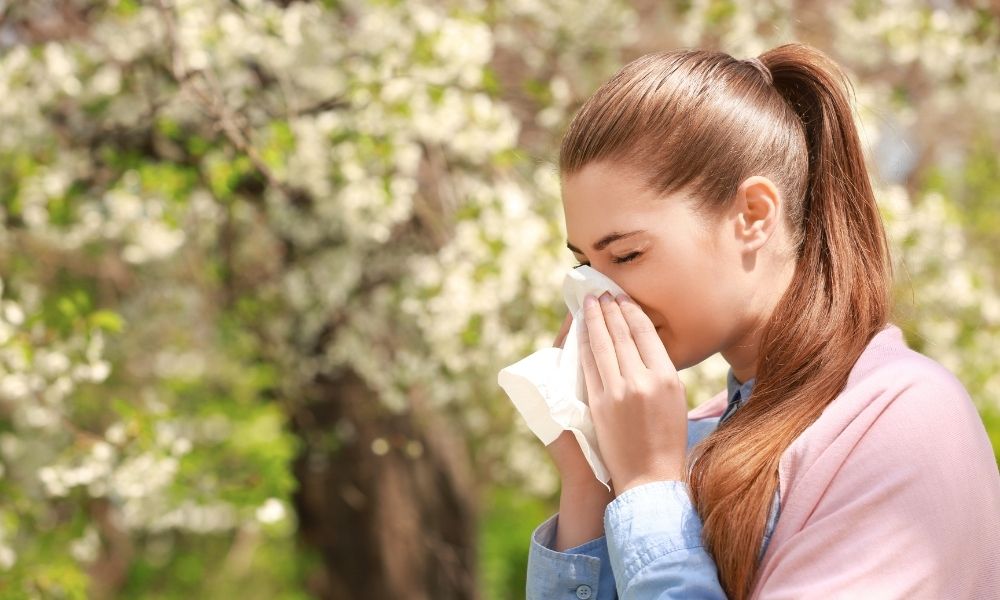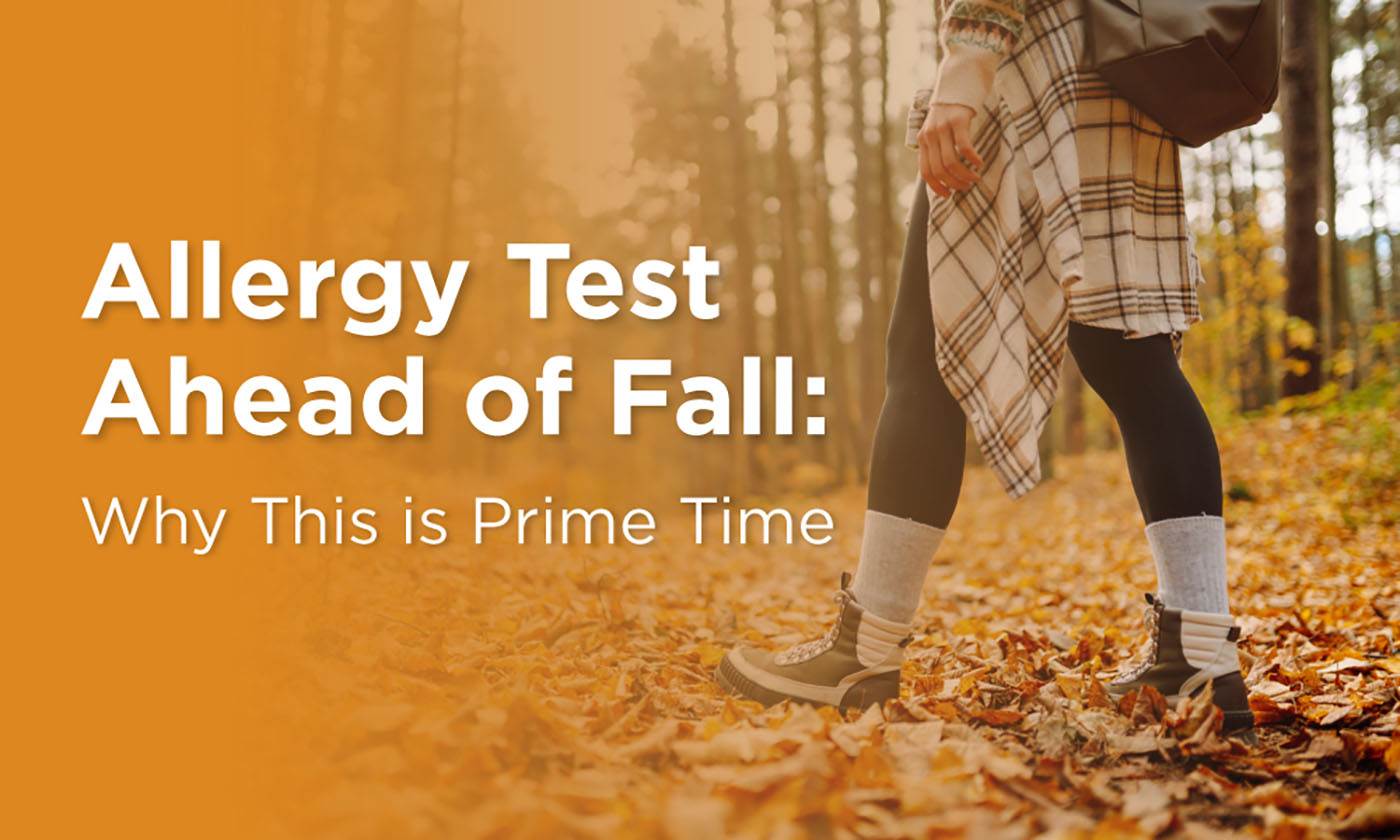
When Igor Stravinsky debuted The Rite of Spring in 1913, his controversial score to the equally controversial ballet brought riots to the streets of Paris. There’s another rite of spring that’s much less riotous but still upsetting: the onset of allergy season. Every year, pollen, mold, rainfall, and chores conspire to make our breathing harder than it needs to be. Watch out for these top springtime allergy triggers and avoid the unrest and discomfort they can bring.
Grass, Tree, and Weed Pollen
Pollens from a variety of plant life are perhaps the most common trigger for allergy symptoms in the spring. Flowering grasses, trees, and other plants produce this light powder as part of their reproductive cycles. Stamens dispense their pollen so that it may land on corresponding pistils and begin growth. Some plants rely on insects like bees to transfer their pollen, while most rely on the wind to carry their material. Unfortunately, the proteins in pollen cause our immune systems to overreact, leading to sneezing, congestion, and respiratory discomfort. Pollen is at its worst on dry and windy days, when it spreads most easily.
Mold Spores
Pollen is absent in winter, but mold merely lies dormant through the colder months, ready to spring back into action with warmer weather. Mold propagates by way of spores, which are simpler forms of reproductive material than pollen. However, much like pollen, spores are invisible to the naked eye and rely on the wind to carry them. As they drift through the air, the human immune system often misperceives benign mold spores as pathogens. This triggers histamine production and subsequent inflammatory responses. We experience this as allergic rhinitis, also known as hay fever. Unlike pollen, which causes problems in weather conditions favorable to its dissemination, mold can be problematic in both warm and dry or cool and damp conditions. Dry air encourages spore spread and can cause flare-ups, while humidity also allows mold to thrive.
Spring Cleaning
As the outdoor world around us comes back to life, we get the inspiration to do some sprucing up indoors as well. Unfortunately, the household chemicals we use to do that cleaning are among the top springtime allergy triggers. We may utilize these volatile chemicals when cleaning our bathrooms, washing our floors, and delicately cleaning wood surfaces. They can then cause red and itchy eyes, irritated mucous membranes, and symptoms similar to hay fever. You can obviate many of these symptoms by pursuing green alternatives to these chemicals.
Treating Springtime Allergies
For other cases of persistent reactions to the top springtime allergy triggers, look to an allergist for more insight and treatment. Allergy & ENT Associates features allergy specialists in and near Houston to help East Texans with their adverse reactions to the spring season. Until summer comes and the worst of allergy season is over, consultations with our allergists can help you navigate your allergies and breathe clearly.



